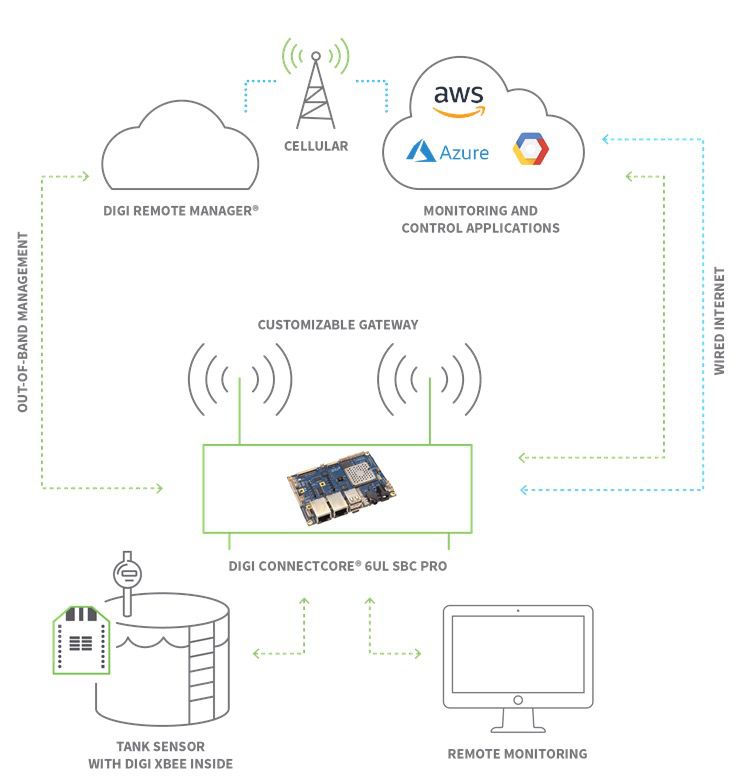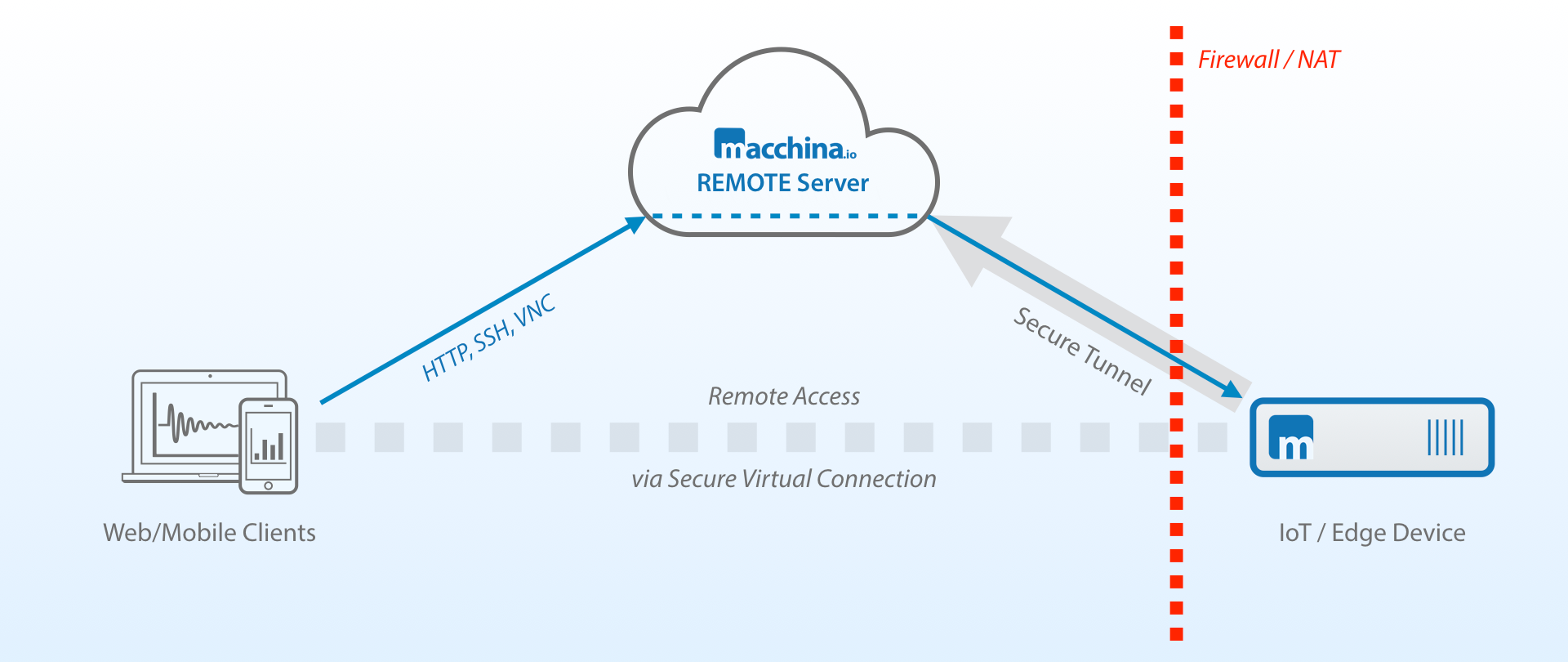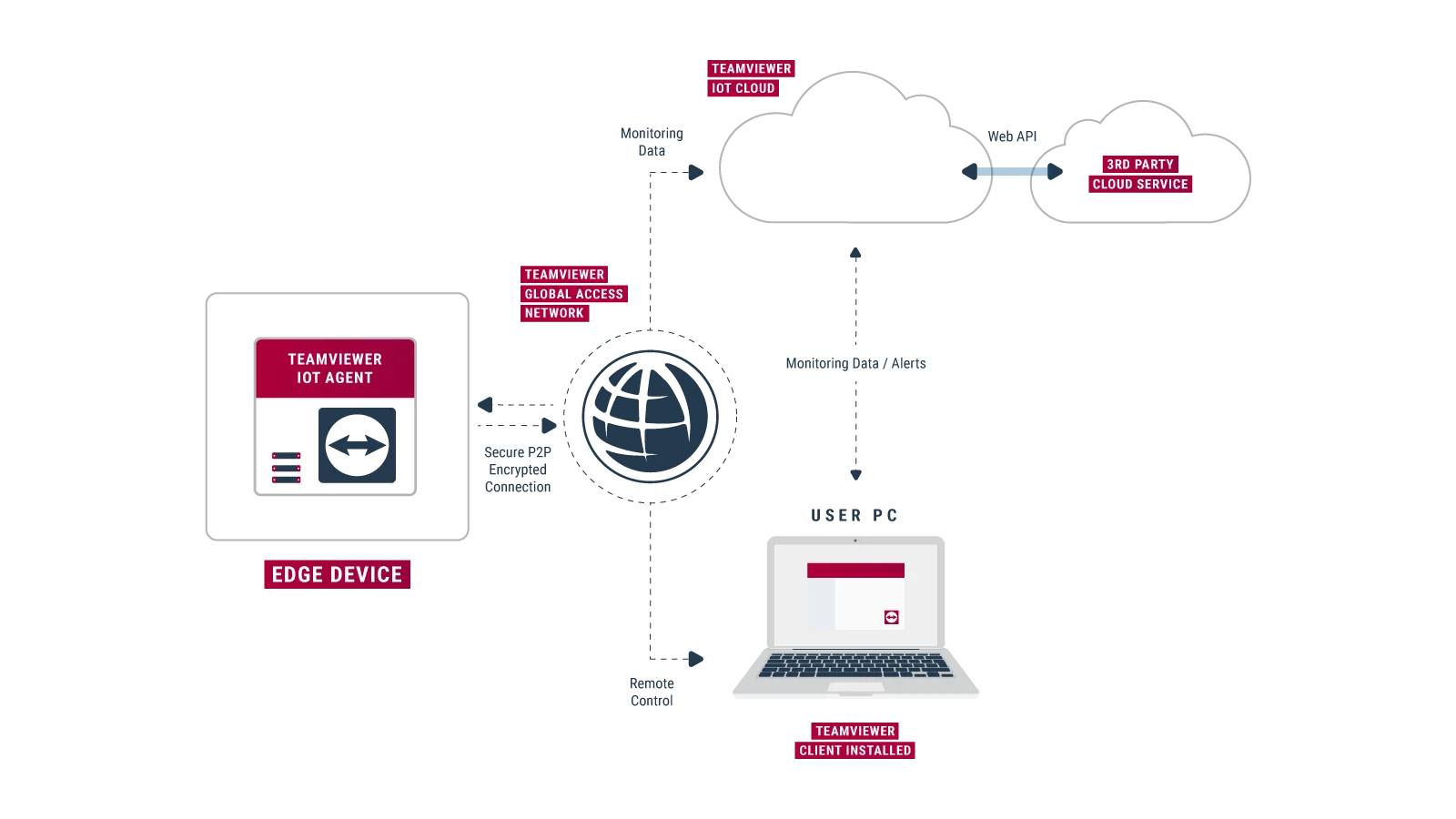Secure Remote Access For IoT Devices: Quick Guide
Can a seemingly simple connection to the Internet, the very fabric of our modern lives, become a gateway to vulnerability when it involves the intricate web of devices that constitute the Internet of Things? The answer, a stark and unsettling truth, is unequivocally yes. Remote internet access to IoT devices presents a significant and often underestimated security risk, a digital Achilles' heel that demands our immediate and unwavering attention.
The allure of the Internet of Things is undeniable. We envision a world where our homes are automated, our cities are intelligent, and our industries operate with unprecedented efficiency. Sensors, actuators, and microprocessors embedded in everyday objects from thermostats and refrigerators to traffic lights and industrial machinery are all interconnected, communicating and exchanging data seamlessly. This connectivity, however, creates a vast attack surface. Every single IoT device, designed for convenience and efficiency, becomes a potential entry point for malicious actors. Remote internet access, the very functionality that enables us to control and monitor these devices from afar, is precisely what makes them so susceptible to compromise.
Let us delve into the specifics of the risk. Remote access, by its very nature, exposes an IoT device to the open internet. This means the device is potentially accessible from anywhere in the world. If security measures are inadequate, or if vulnerabilities exist in the device's firmware or software, a hacker can exploit these weaknesses to gain unauthorized control. Imagine a compromised smart thermostat that can be manipulated to drastically alter the temperature in a building, or a hacked industrial sensor that reports false data, leading to catastrophic consequences. Consider the potential for data breaches, where sensitive personal information is stolen from interconnected home appliances or corporate networks. These are not theoretical scenarios; they are the realities of the digital age.
The vulnerabilities stem from a complex interplay of factors. Many IoT devices are designed with cost as a primary consideration, often leading to compromises in security. Security features, such as strong encryption and robust authentication mechanisms, might be overlooked in favor of cheaper components and faster time-to-market. Furthermore, the diverse and fragmented nature of the IoT ecosystem poses significant challenges. Devices are manufactured by countless vendors, each with their own security practices and levels of expertise. This makes it incredibly difficult to establish and enforce consistent security standards across the board. Software updates, critical for patching security vulnerabilities, are often delayed or even unavailable for older devices, leaving them perpetually exposed to attack. The lack of consumer awareness adds another layer of complexity. Many users are simply unaware of the security risks associated with IoT devices and fail to take appropriate precautions.
The consequences of compromised IoT devices are far-reaching. In the home, a hacker could access personal information, control smart appliances, or even monitor the occupants through connected cameras and microphones. In businesses, IoT devices are increasingly integrated into critical infrastructure, such as manufacturing plants, power grids, and healthcare systems. A successful attack could disrupt operations, steal intellectual property, or even endanger lives. In the broader context of smart cities, compromised devices could affect traffic management, public safety, and essential services, potentially causing widespread chaos.
Now, let us consider the technical aspects of remote internet access. Typically, IoT devices communicate over the internet using a variety of protocols. These protocols, such as MQTT (Message Queuing Telemetry Transport), CoAP (Constrained Application Protocol), and HTTP (Hypertext Transfer Protocol), provide the means for devices to exchange data and receive commands. However, if these protocols are not properly secured, they can become avenues for attack. Weak passwords, default credentials, and unencrypted communication channels can all be exploited by hackers to gain access to a device. Furthermore, the devices themselves often run on embedded operating systems, which may be less secure than their desktop counterparts. These systems can contain known vulnerabilities that, if unpatched, can be easily exploited by attackers.
The concept of backdoors is also a major concern. Backdoors are essentially hidden access points that allow a user to bypass normal authentication procedures. These backdoors may be intentionally built into the devices by manufacturers for maintenance purposes, or they may be inadvertently introduced through coding errors. In either case, backdoors create opportunities for attackers to gain unauthorized access. They provide a way to circumvent security measures and gain complete control of the device, allowing attackers to install malware, steal data, or simply disrupt operations.
Let's not overlook the role of cloud services in enabling remote access. Many IoT devices rely on cloud platforms to store and process data, and to provide remote control and monitoring functionalities. However, the security of these cloud platforms is critical. If a cloud platform is compromised, all the connected devices become vulnerable. Attackers could gain access to the data stored in the cloud, or they could use the platform to control the devices themselves. Therefore, organizations and individuals alike need to carefully consider the security of any cloud services they use to manage their IoT devices.
Phishing attacks represent another serious threat. Attackers might send malicious emails or messages that appear to be from legitimate IoT device vendors, enticing users to click on links or download malicious software. Once a user clicks on a malicious link or downloads a file, the attacker can gain control of the device or steal credentials. This is a classic example of social engineering, where the attacker relies on human error to gain access. Effective security awareness training for users is paramount to mitigate the risk of phishing attacks.
What, then, are the solutions? Mitigating the risks associated with remote internet access to IoT devices requires a multi-layered approach. First and foremost, manufacturers must prioritize security in the design and development of their devices. This includes implementing strong encryption, robust authentication mechanisms, and secure boot processes. They must also provide regular security updates to patch vulnerabilities and address emerging threats. The use of secure coding practices and rigorous testing is crucial to minimize the risk of vulnerabilities in the first place.
Consumers must also play a vital role. They should choose devices from reputable vendors with a proven track record of security. They should change default passwords and enable multi-factor authentication. They should regularly update the device's firmware and software. They should also be wary of suspicious emails and links. Education is key. Users need to understand the security risks and take appropriate precautions.
Network security is essential. IoT devices should be segmented from other devices on the network to limit the impact of a potential breach. Firewalls and intrusion detection systems can be used to monitor network traffic and detect malicious activity. Regular security audits and penetration testing can help identify vulnerabilities and assess the effectiveness of security measures.
Furthermore, there is a growing need for industry standards and regulations. Organizations such as the Internet Engineering Task Force (IETF) and the National Institute of Standards and Technology (NIST) are developing security standards and guidelines for IoT devices. Governments are also starting to consider regulations to mandate minimum security requirements for IoT devices. These standards and regulations can help to ensure that IoT devices are designed and operated securely. The importance of standardized approaches in ensuring robust security cannot be overemphasized.
The role of Artificial Intelligence (AI) and machine learning is also significant. AI and machine learning can be used to detect and respond to threats in real time. For example, AI can be used to analyze network traffic and identify suspicious activity, such as unusual patterns of data transfer or unauthorized access attempts. Machine learning can also be used to improve the accuracy of threat detection and to automate security responses. This proactive use of AI is vital in addressing complex threats that may be difficult to detect with traditional security measures.
The ethical implications of IoT security are important as well. The use of IoT devices raises complex questions about privacy and data security. Companies and individuals need to be transparent about how they collect, use, and store data from IoT devices. They should also respect user privacy and comply with data protection regulations. The responsible and ethical deployment of IoT devices is crucial to maintain public trust and ensure the long-term success of the technology.
The future of remote internet access to IoT devices is likely to be characterized by both opportunities and challenges. The increasing adoption of 5G and other advanced technologies will enable faster and more reliable connections, but it will also create new security risks. As the number of connected devices continues to grow exponentially, the attack surface will expand, and the threats will become more sophisticated. The key to success will be a continuous cycle of innovation, adaptation, and improvement. We must remain vigilant, proactive, and committed to strengthening the security of these critical devices. The evolution of the IoT landscape underscores the necessity of a dynamic and adaptable approach to security.
In conclusion, the security of remote internet access to IoT devices is a critical concern that demands immediate attention. By understanding the risks, implementing robust security measures, and promoting collaboration between manufacturers, consumers, and policymakers, we can mitigate the threats and harness the enormous potential of the Internet of Things. The future of this technology depends on our ability to secure it responsibly. This is not merely a technological challenge; it is a societal imperative.



